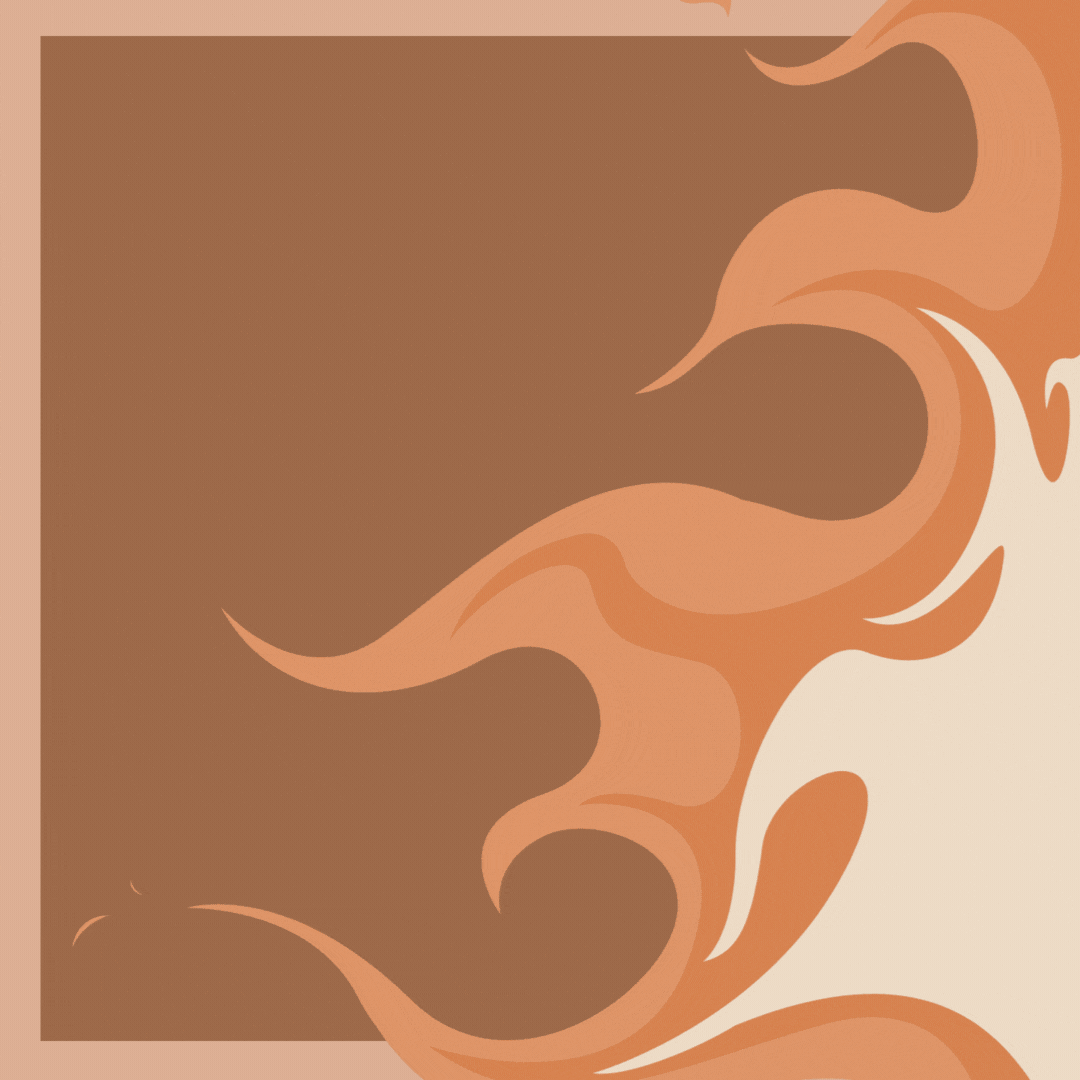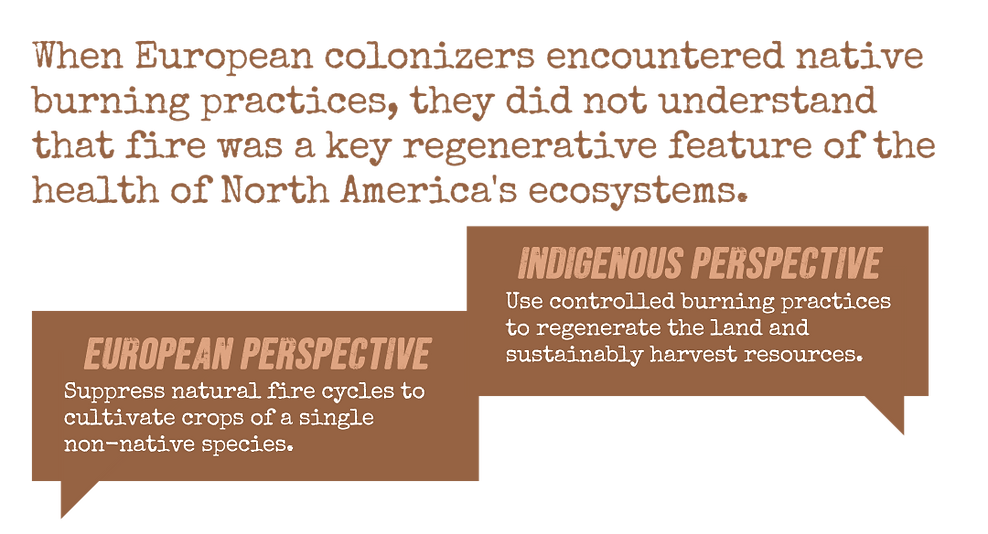
.png)
.png)
.png)

Grab a s'more and gather round the campfire for a story as old as humanity itself.

Park Ranger and Line Qualified Wildland Firefighter Michael Matthes discusses how the US Parks Service and other governmental and tribal agencies protect culturally significant sites from wildfires.
humanity + fire
native stewardship
.png)
Native communities cultural burning practices reduce fuels and keep more dangerous wildfires at bay by slowly burning extra fuel on the forest floor while still keeping the blaze contained. They also cultivate fertile forests and grasslands to feed their communities.
Upon arriving in the Sierra Nevadas, Spanish colonizers commented that the forests appeared like a "well tended garden", yet took for granted that the entire structure of the ecosystems was stewarded entirely by native residents with the help of fire.
.png)
ANCESTRAL
URBAN -WILDLAND INTERFACE
Meet the Ancestral Puebloans.
These ancient peoples of the present-day four corners region of the US built urban centers in fire effected areas, much like our urban-wildland interface in the west today. Many of the "fire wise" community guidelines established by regional and federal land management agencies are proceeded centuries before by the stewardship and urban planning tactics of the Puebloans. Many of these cultural burning practices were passed on to present day native nations still living in the region.
Meet Christopher.
For two decades, Dr. Christopher I. Roos has been directing interdisciplinary research projects on the long-term interactions of human societies, climate, and wildfire in the Southwest USA. More recently, Roos has expanded his fire work to include collaborative research projects in Montana, Fiji, and Australia. He works closely with archaeologists in the Southwest and the northern Great Plains to apply earth science methods and techniques to the reconstruction of spatial patterns of human behavior in ritual and domestic contexts.








.png)




.png)